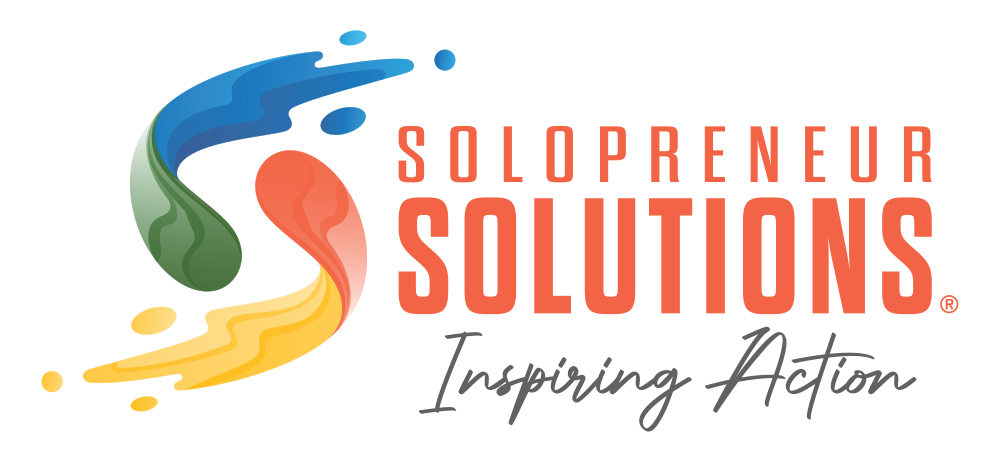Customer Relationship Management (CRM) is like the heartbeat of any strong business. It keeps everything running smoothly, managing how businesses interact with current and potential customers. Ensuring that your CRM strategies align with your customers’ evolving needs is important for maintaining a good relationship with them. As times change, so do customer expectations, often influenced by trends, technology, and even local happenings. Adjusting your CRM management allows you to stay in tune with what your customers really want.
Understanding these shifting needs isn’t just about keeping up with the trends. It means genuinely listening to your customers, understanding what drives their decisions, and using that information to adapt your services. By doing this, businesses can strengthen connections with their customers, improving satisfaction and loyalty. Keeping up with these changes can make a noticeable difference, especially in places like Morrow, Ohio, where community connections often influence customer loyalty.
Understanding Customer Needs in Morrow, Ohio
To successfully adapt CRM strategies, the first step is understanding what’s happening in Morrow, Ohio. Knowing local customer habits, preferences, and concerns makes it easier to tailor your approach. Here are some practical ways to gather insights on customer needs:
– Surveys and Feedback Forms: Regularly distribute surveys to collect direct feedback from your customers. Simple questions about their experiences and suggestions can provide valuable insights into what needs adjusting.
– Social Media Monitoring: Keep an eye on local social media trends and discussions. Social media conversations can highlight pressing concerns or interests among the local community.
– Community Engagement: Participate in local events and community gatherings. This involvement not only boosts your visibility but also allows you to observe and understand how customers interact with businesses in the area.
Local factors such as seasonal events, economic changes, or even shifts in community preferences can greatly influence customer behavior. Perhaps a new trend in local dining or shopping habits has sprung up, or there’s been an increase in demand for specific services due to a local event. Recognizing these factors means you’re in a better position to respond to your customers’ needs. By adapting CRM tactics based on these insights, businesses in Morrow can ensure they remain relevant, keeping customer satisfaction high and loyalty strong.
Updating Your CRM Tools
Once you understand your customer’s needs, it’s time to enhance your CRM tools. Updating CRM software is crucial—it lets you track and respond to changing customer demands efficiently. Modern CRM solutions offer several features that can be game-changers. Here’s what to look for:
– Customization Options: Your CRM should let you tailor dashboards and fields to better match the needs of your business processes.
– Integration Capabilities: Ensure your CRM can integrate with other tools your business uses, like email marketing software or e-commerce platforms. This creates a smoother flow of information.
– Automation Features: These can save a lot of time. Look for tools that can automate repetitive tasks such as sending follow-up emails or updating records.
By investing time in selecting the right CRM tools, businesses can improve customer interactions. This proactive approach ensures customers feel valued and that their needs are met promptly.
Training Your Team
Introducing new CRM tools means it’s also time to train your team. Training is a key ingredient in turning a good CRM platform into a powerhouse of customer satisfaction. Here’s how you can make training effective:
1. Clear Objectives: Start by setting clear goals for what each training session should achieve. This helps keep the training focused and relevant.
2. Hands-On Practice: Your team should spend time actually using the CRM, not just learning about it. Real-world scenarios are extremely beneficial.
3. Regular Updates: As CRM tools evolve, so should your team’s skills. Have regular update sessions to introduce new features or improved processes.
Effective training ensures your team knows how to use CRM systems to their full potential, making them more confident in their roles and more adept at serving customers.
Continuous Evaluation and Adjustment
Don’t forget to keep evaluating your CRM strategies. Regular review gives you the chance to see what’s working and what’s not. This way, you can make necessary tweaks. Consider these methods for effective evaluation:
– Monthly Reviews: Set aside time each month to look at CRM data and feedback. Analyze if the strategies are still in alignment with current goals.
– Customer Surveys: Periodically survey customers to find out if their experiences match your CRM objectives.
– Performance Metrics: Track metrics like customer retention rates and response times. Use this data to decide if your CRM approach needs a tweak.
By continuously monitoring your CRM system, you ensure that it remains effective and capable of meeting customer needs as they change.
Conclusion: Stay Adaptable
Ultimately, keeping your CRM management flexible and adaptable can lead to better customer relationships. In places like Morrow, Ohio, where community ties might play a large role, staying attentive and adaptive to change is key. The right approach helps not only in maintaining customer loyalty but also in achieving a thriving business environment that benefits everyone involved.
Remember, the path to effective CRM management involves understanding customers, updating relevant systems, training diligently, and constantly reviewing processes. These efforts can build strong, lasting relationships with your community, driving your business forward dynamically.
Enhance your customer relationships and streamline your business operations with expert guidance from Solopreneur Solutions. Discover how CRM Management can help you adapt to changing customer needs and improve overall efficiency.
